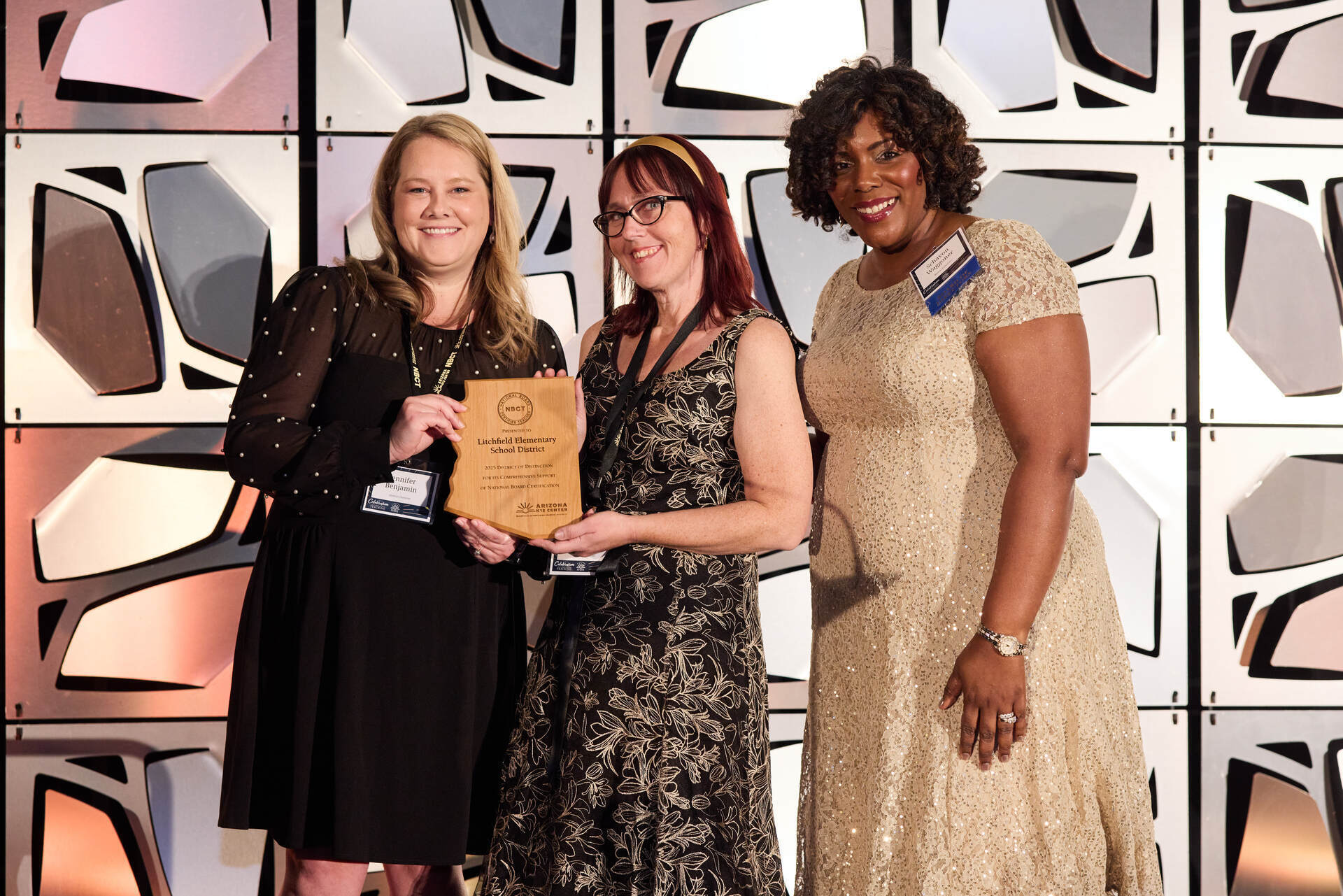July 30, 2015
Professional Capital Drives Educational Promise
Teachers often put personal development and learning aside to meet requirements — learn why.
When the two words “professional capital” are strung together, one might assume it’s in relation to business or economics. In the case of education, the concept of investing to yield a high return begins with teacher development, which benefits students, communities, and generations to come. In short, resources should be focused in the area of teacher development to cultivate vast, fruitful growth for the greater good.
According to Taryl Hansen, the Arizona K12 Center’s Director of Teacher Leadership, educators are hard-pressed with demands on many levels. Because these undesirable circumstances are the reality, teachers often put personal development and learning aside to meet requirements.
“Today, schools and districts struggle with balancing the demands of federal, state and district mandates. There is so much uncertainty about what will be expected of teachers that they’re caught playing catch up all the time, which forces the idea that professional learning is a separate entity from classroom practice,” explained Dr. Hansen. “Unless we keep conversations alive about professional growth, we will be overcome by the idea that teachers only have time to go into the classroom to do what’s contractually required.”
Cue the overwhelming theme of Professional Capital: Transforming Teaching in Every School, written by Andy Hargreaves, Ph.D., and Michael Fullan. Published in 2012, the book’s content argues that investing in the growth of educational professionals will lend itself to enhanced economic productivity and social cohesion.
Referencing the nvarchar(max), Dr. Hansen explained that professional capital is more than working together in professional learning communities. Rather, it requires nurturing collective talents (human capital), building group collaboration (social capital) and making sound decisions that involve all learners (decisional capital).
Jen Robinson, Ed.D., NBCT, is the principal of Maricopa Elementary School. The longtime educator attests professional capital has become something more tangible in recent years.
“Professional capital has always been around, but we haven’t always had a name for it. As an administrator, I have to look at the three types of capital mentioned in the book and model what it means to be vulnerable in those situations,” Dr. Robinson said.
To better comprehend the idea of professional capital, one might pick up a copy of the book. But, highlighting and marking pages will not have the same effect as interacting with one of the authors face to face.
Dr. Robinson, a frequent Teacher Leadership Institute attendee, said she sees professional capital alive at her school.
“With student learning at the center of our work, you’ll see teachers constantly collaborating. Something I try to be mindful of is helping all teachers grow,” she said. “Often, we spend a lot of time with our beginning teachers, making sure they have what they need to be successful. We don’t want to lose sight of the teachers with three to 10 years’ experience. Valuing professional capital means we have to create safe spaces for all teachers to learn and grow.”
While it may exist in some schools and districts, there is a sense of urgency to instill professional capital in all educational arenas, explained Dr. Hansen.
“Educational leadership is truly at a crossroads. If we don’t begin to look at ways we can build capacity from within, then we will lose the ability to influence the people that are most at the forefront of the change,” Dr. Hansen urged. “Teachers are truly at the heart of any change. It will be the demise of public education if we don’t keep the conversations of teacher growth and development alive.”











